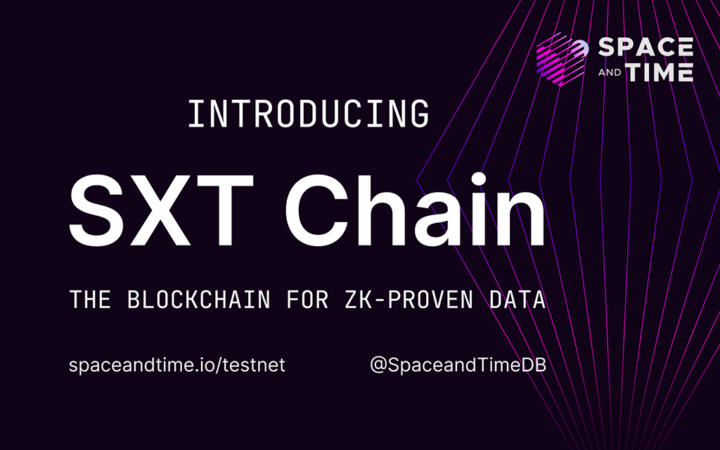
Please check out latest news, expert comments and industry insights from Coinspeaker's contributors.
GameFi, much like crypto itself, has had an impressive run that proved its potential while at the same time highlighting many weaknesses and challenges.

Web3 Gaming, sometimes called GameFi or blockchain gaming, has gained a surprising amount of steam thanks to games like The Sandbox, Axie Infinity, Decentraland, and countless others. Yet we’re still a long way off from it becoming mainstream, and technology remains a huge part of the reason — but that’s soon to change.
Web3 games are primarily about incorporating real-world value into the gameplay. They usually represent in-game assets as Non-Fungible Tokens (NFTs), which are then really easy to exchange for liquid cryptocurrencies like ETH and MATIC (and in turn, for hard cash). Though they had peaks of major traction in recent years, they failed to make lasting games that would capture the gamers’ mindshare.
GameFi developers have a lot of hurdles to go through when implementing their vision – chief among them is the blockchain integration itself.
Web3 games require a connection to the user’s cryptocurrency wallet, which is usually accessed to interact with in-game assets. But implementing these interactions is far from trivial, as the developers will often need to build their own custom smart contracts.
Smart contracts for platforms like Ethereum and many others are written in a custom language called Solidity, which must be learned from scratch. And even once developers learn the language, building smart contracts requires using unfamiliar programming principles, where every interaction requires the user to send a well-crafted transaction that is executed linearly with everything else.
Once the smart contracts are deployed, the difficulties continue. Because transactions require gas fees, the developers need to put a lot of care into choosing their blockchain, as it has to be very cheap and yet accessible to most users.
Extracting information from the transactions is also not easy, as native blockchain data is optimized for immediate consumption, not for storage and analytics. Special systems called indexers need to be deployed to read historical data efficiently.
It’s easy to see how building a Web3 game requires very deep knowledge of blockchain technology. Indeed, the complexity appears to be so daunting that most Web3 games have been developed by Web3-native teams – previous crypto developers who transitioned to making games. Inevitably, they will have less expertise when designing the games themselves.
Luckily, the situation is improving on both ends of the divide. Web3 developers received over $9 billion in funding for gaming and NFT-related projects in 2021-2022 alone, and most of the games funded back then should be on track for release soon, with hopefully enough budget to achieve great production value.
For example, Affyn is building a new concept of a virtual land game that’s attracted attention from major brands like Warner Music, with Singaporean artist J.M3 performing on its platform recently.
On the other side, a number of teams are working to make the path from traditional game development to Web3 much smoother.
For example, Vara, an upcoming blockchain network, will be the first to introduce parallel and asynchronous processing for transactions. This is a major architectural shift that finally brings blockchains to parity with classic programming environments. Plus, its developers will work with WebAssembly, which is a known framework often used for browser games, meaning that there will be very few new things to learn. Finally, the performance benefits of such an approach can take GameFi to a new scale of usage.
Space and Time is a Microsoft-backed startup providing a next-generation indexing service. Not only does it efficiently read the potential terabytes of data produced by the games, but it also allows smart contract programs to access this data directly from inside the blockchain. This should open up unique ways of implementing game mechanics.
Another startup, Xternity, has raised funds to abstract away the clunky experience of using wallets inside games, which can be a distraction at best.
But even the incumbent giants are opening up to Web3. Unity, one of the most popular game development SDK and engine, has added support for Web3 modules.
GameFi, much like crypto itself, has had an impressive run that proved its potential while at the same time highlighting many weaknesses and challenges. Now, these are gradually being fixed, making the next few years potentially very exciting for the space.
Disclaimer: Coinspeaker is committed to providing unbiased and transparent reporting. This article aims to deliver accurate and timely information but should not be taken as financial or investment advice. Since market conditions can change rapidly, we encourage you to verify information on your own and consult with a professional before making any decisions based on this content.

Please check out latest news, expert comments and industry insights from Coinspeaker's contributors.




